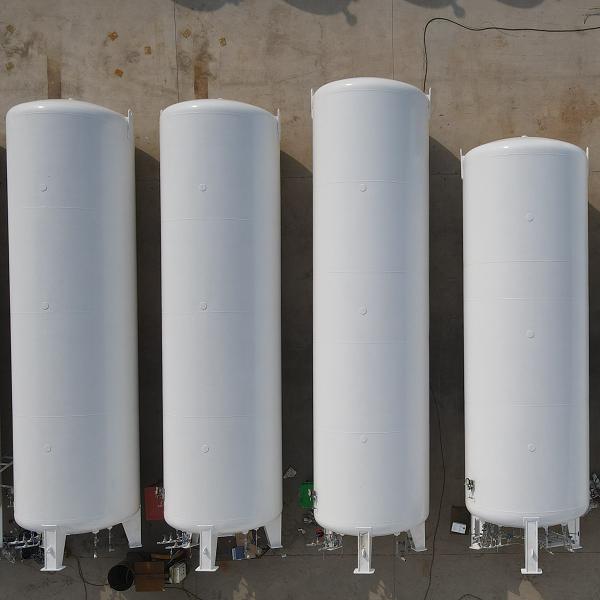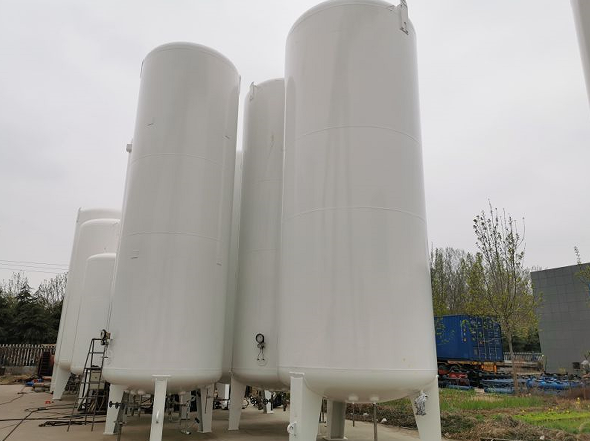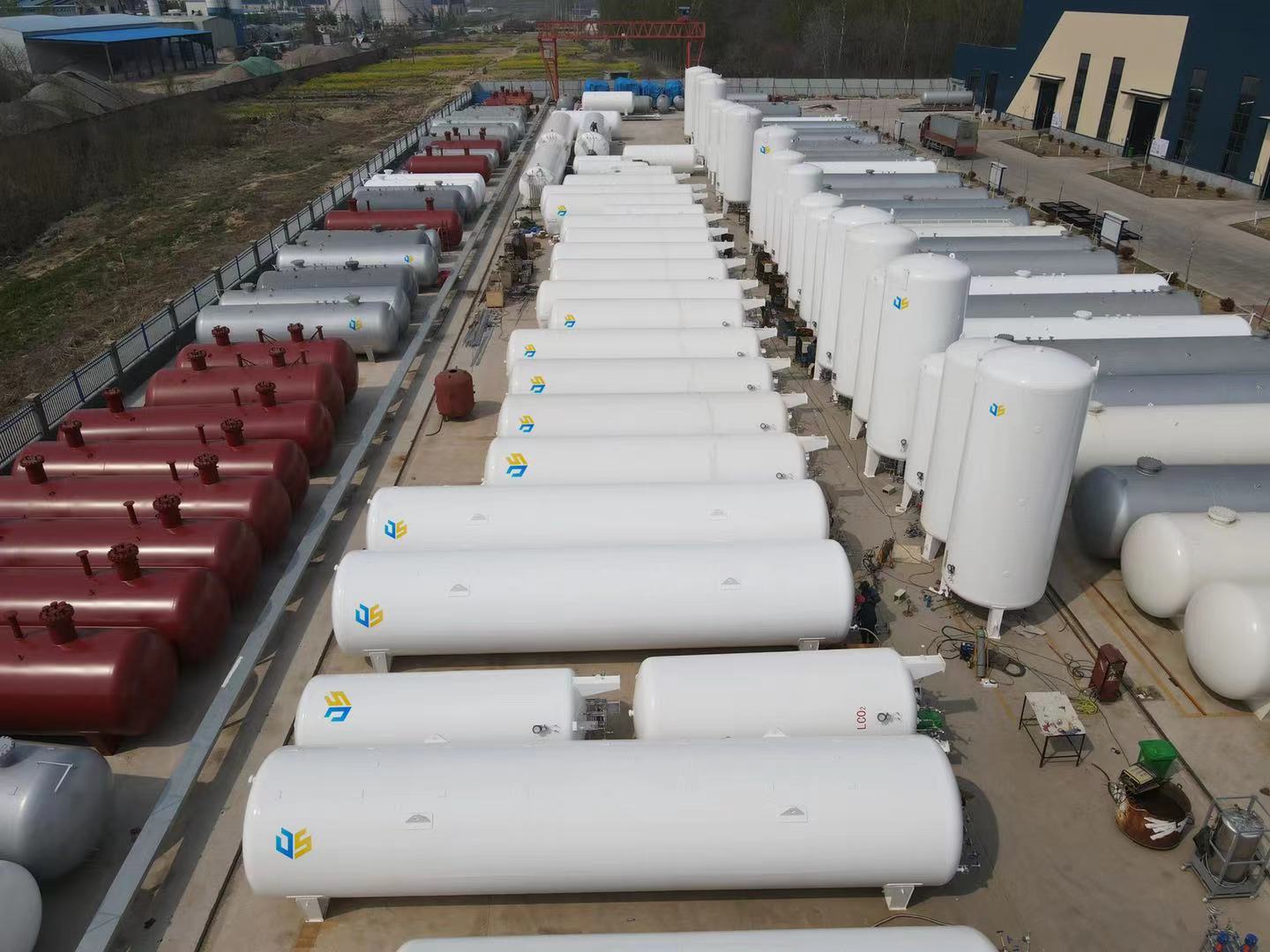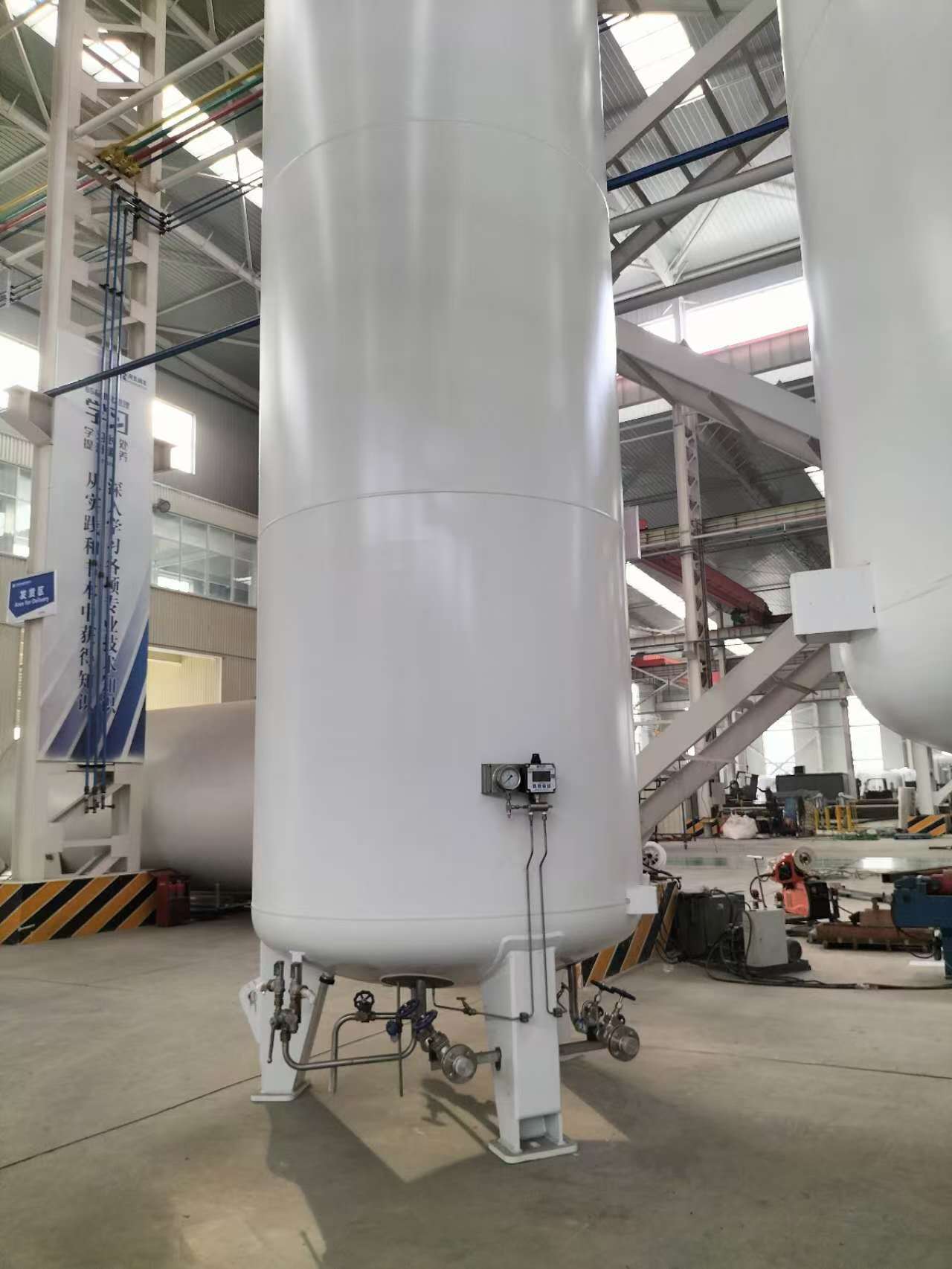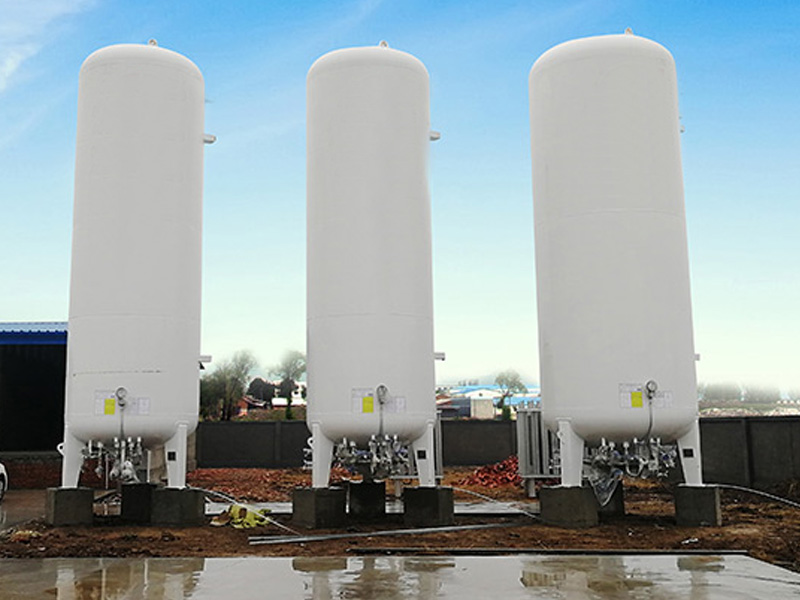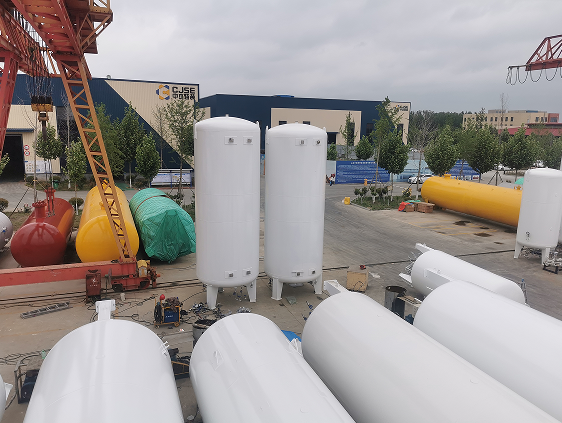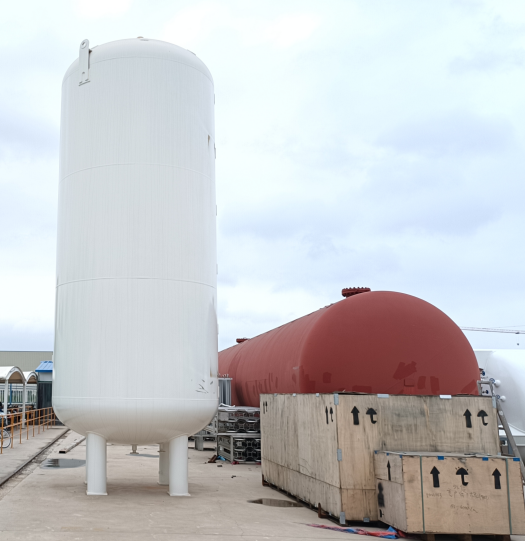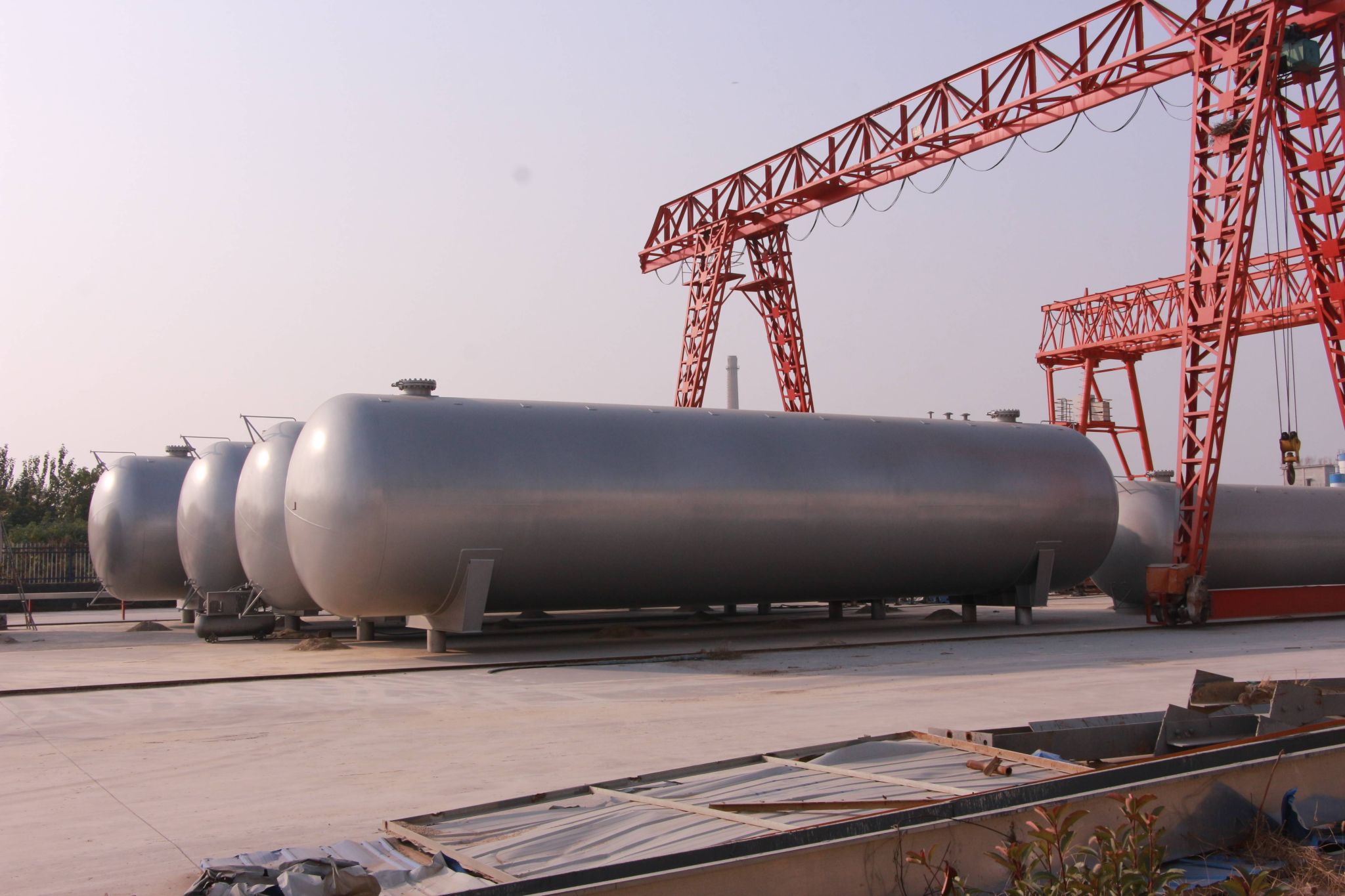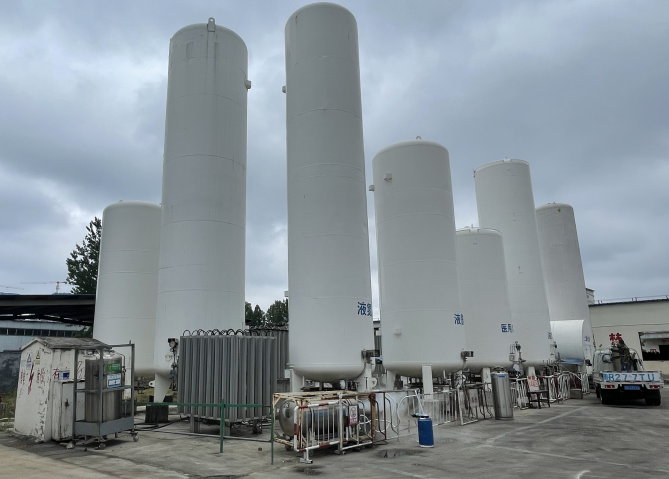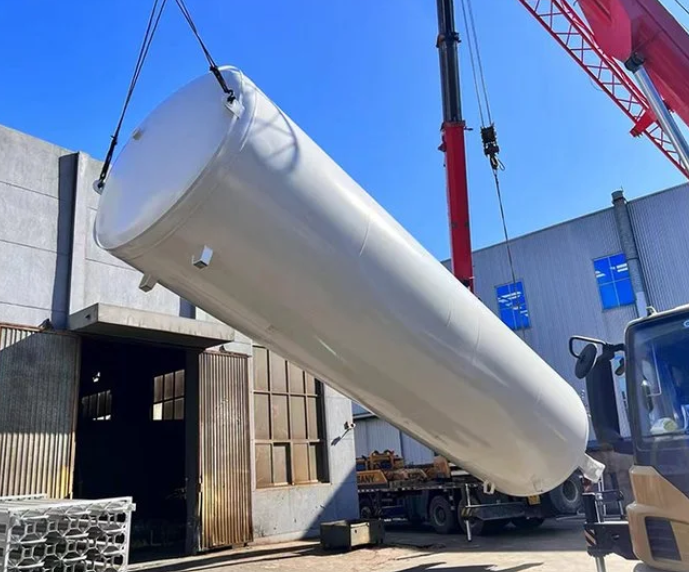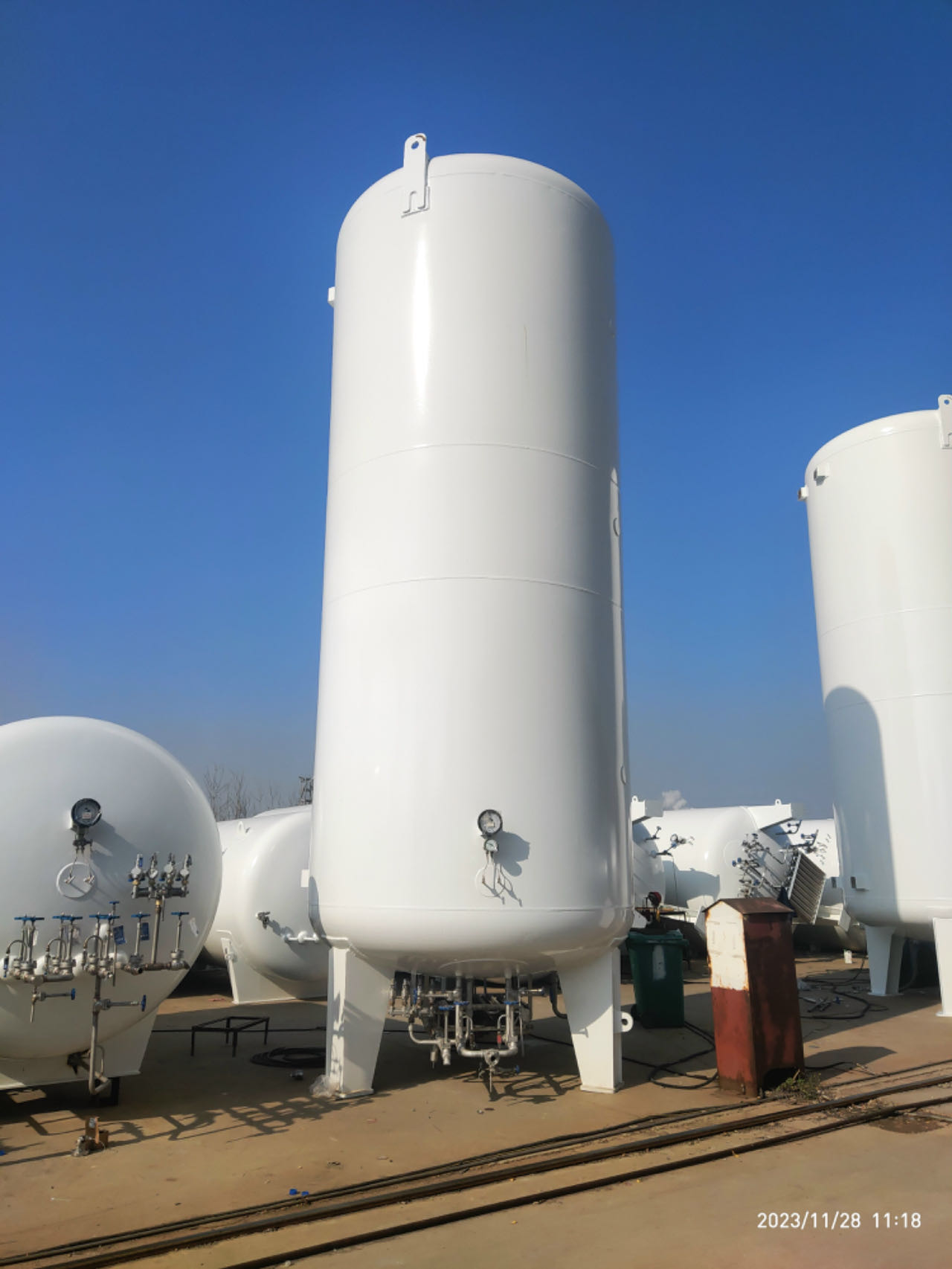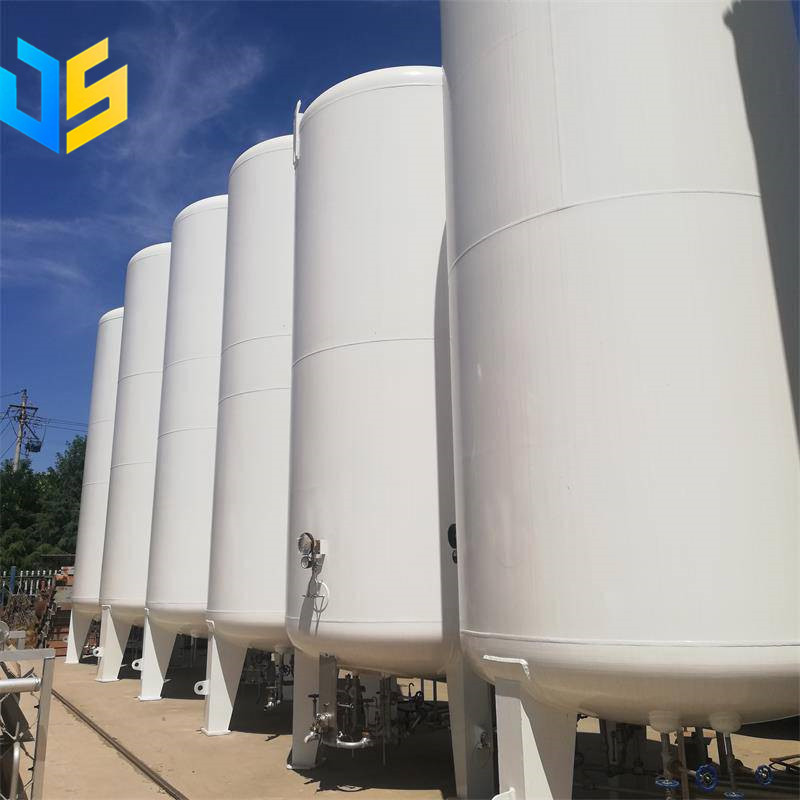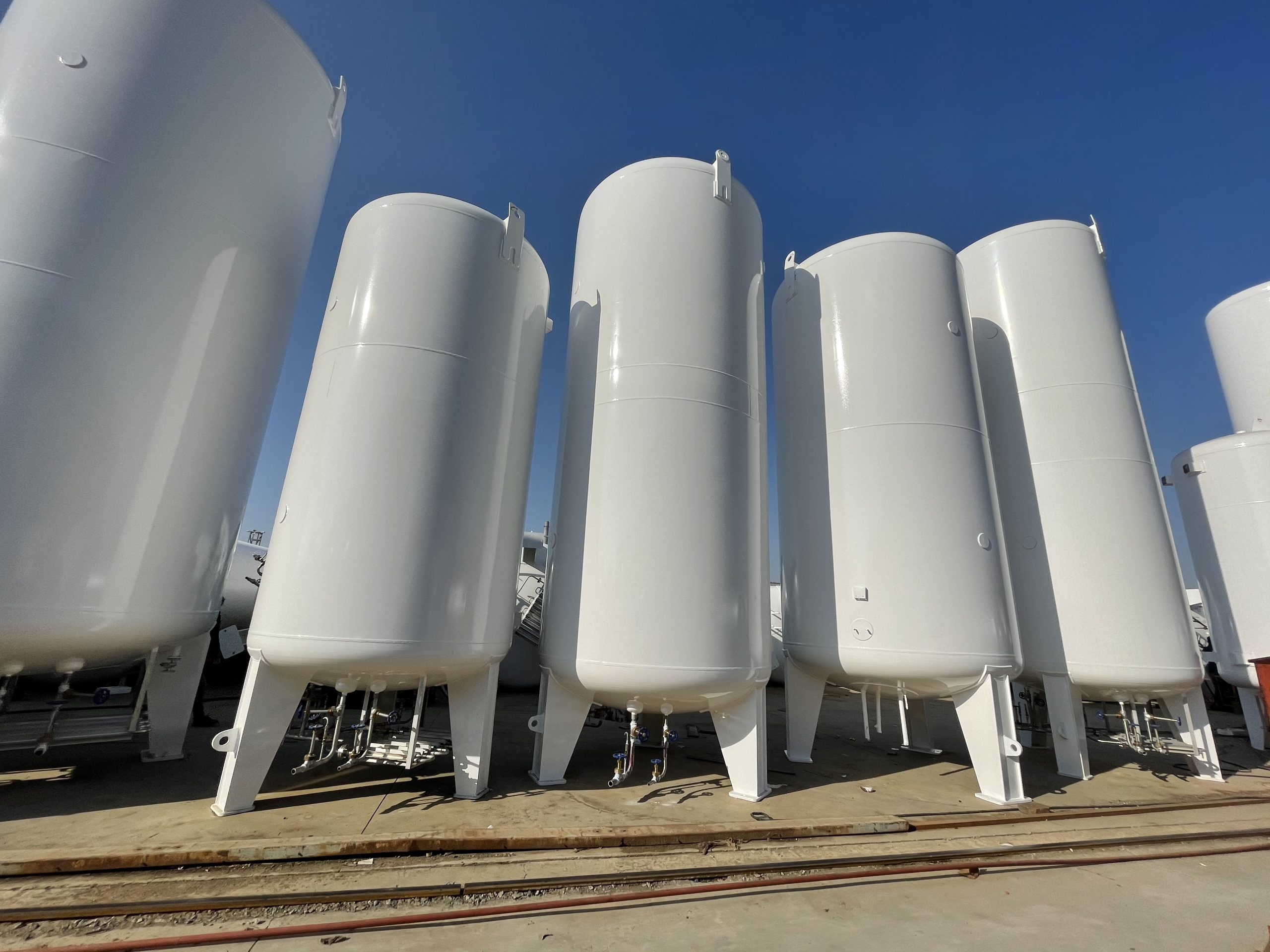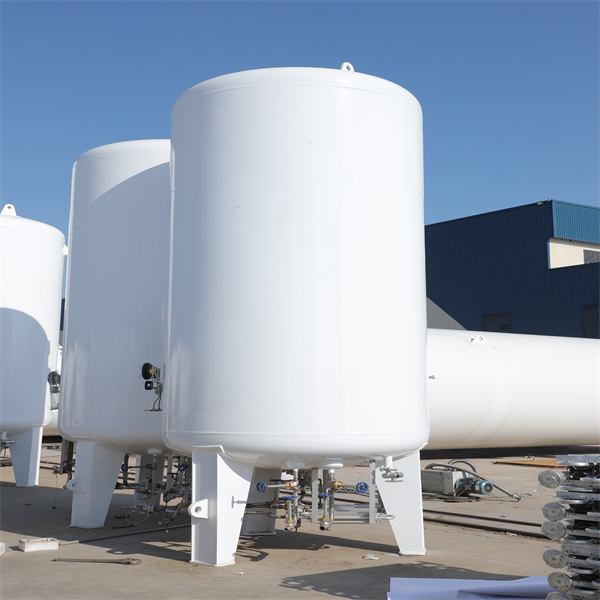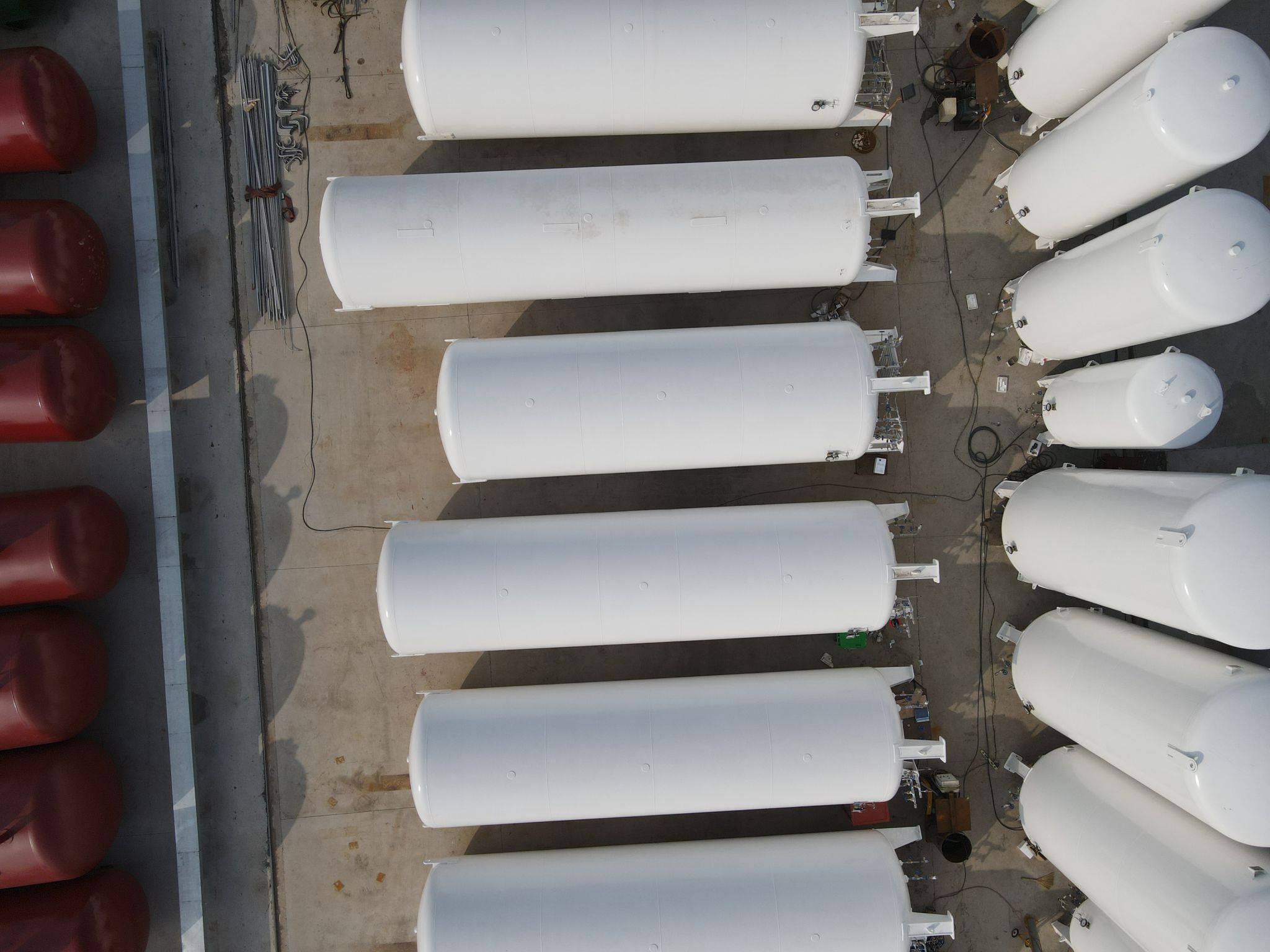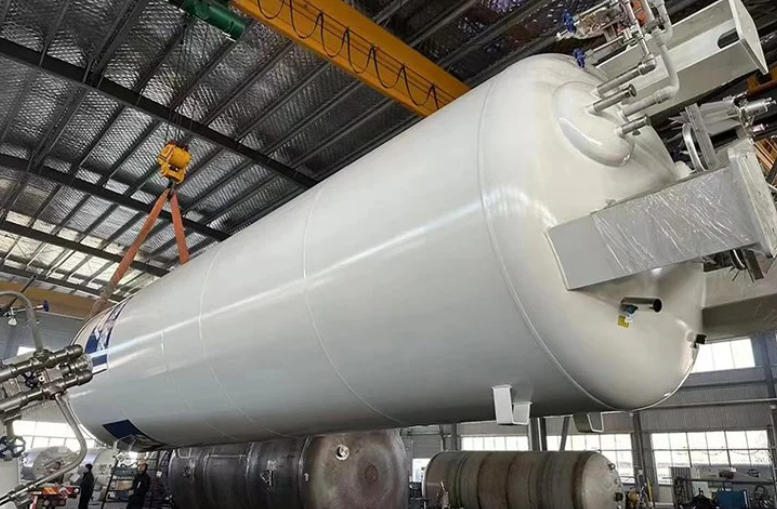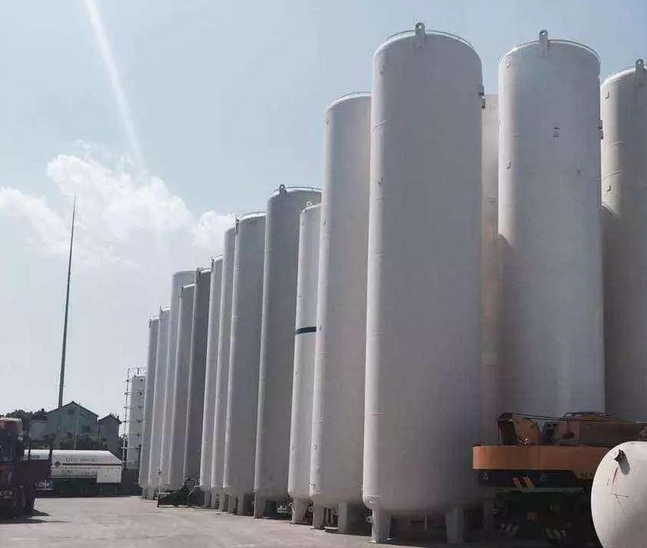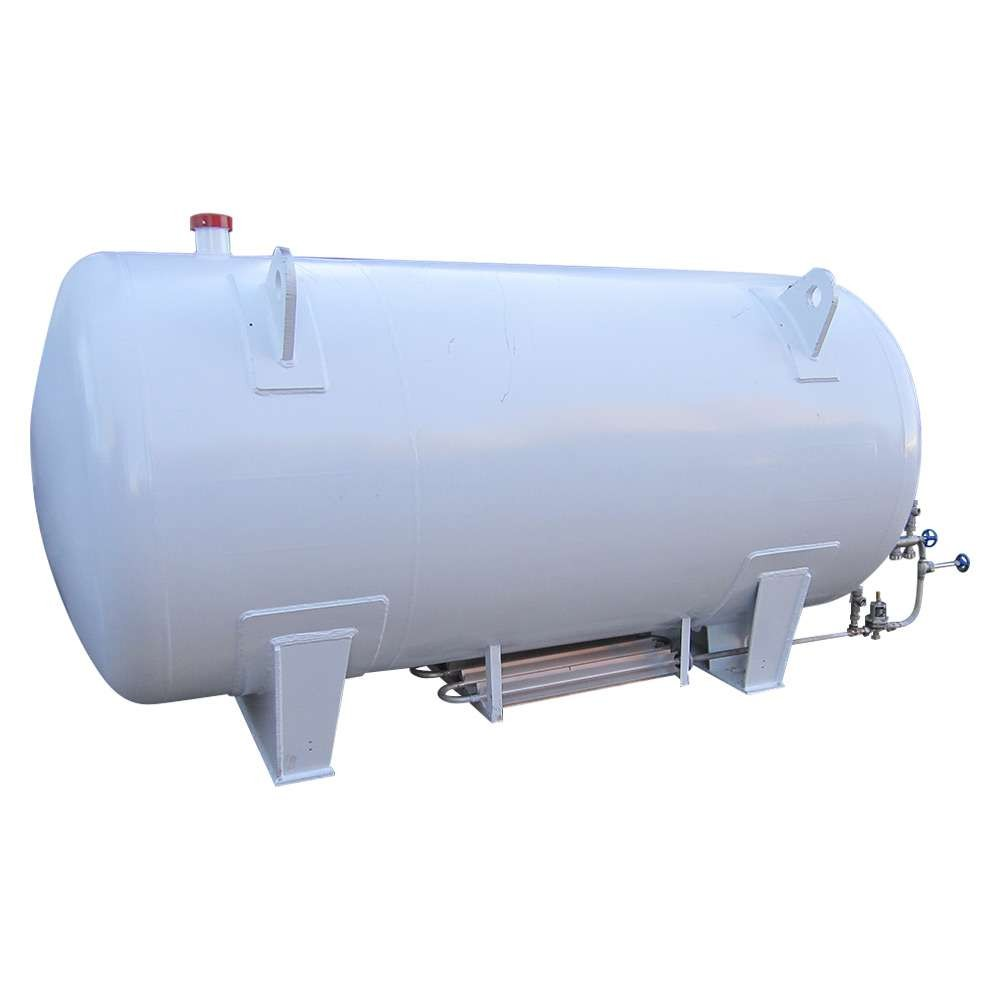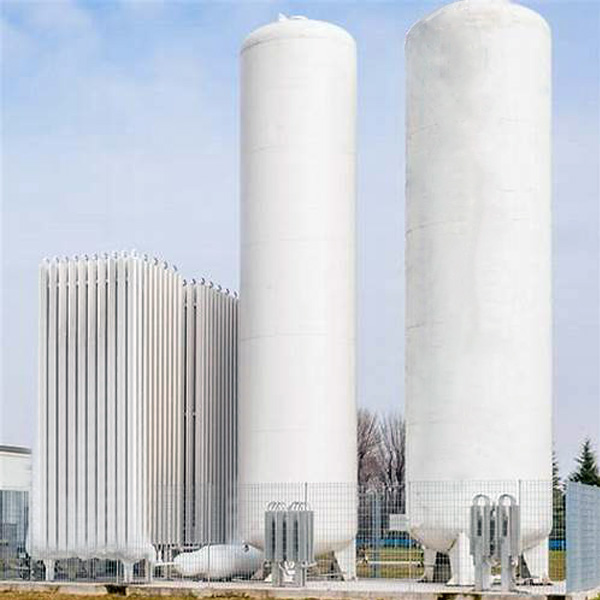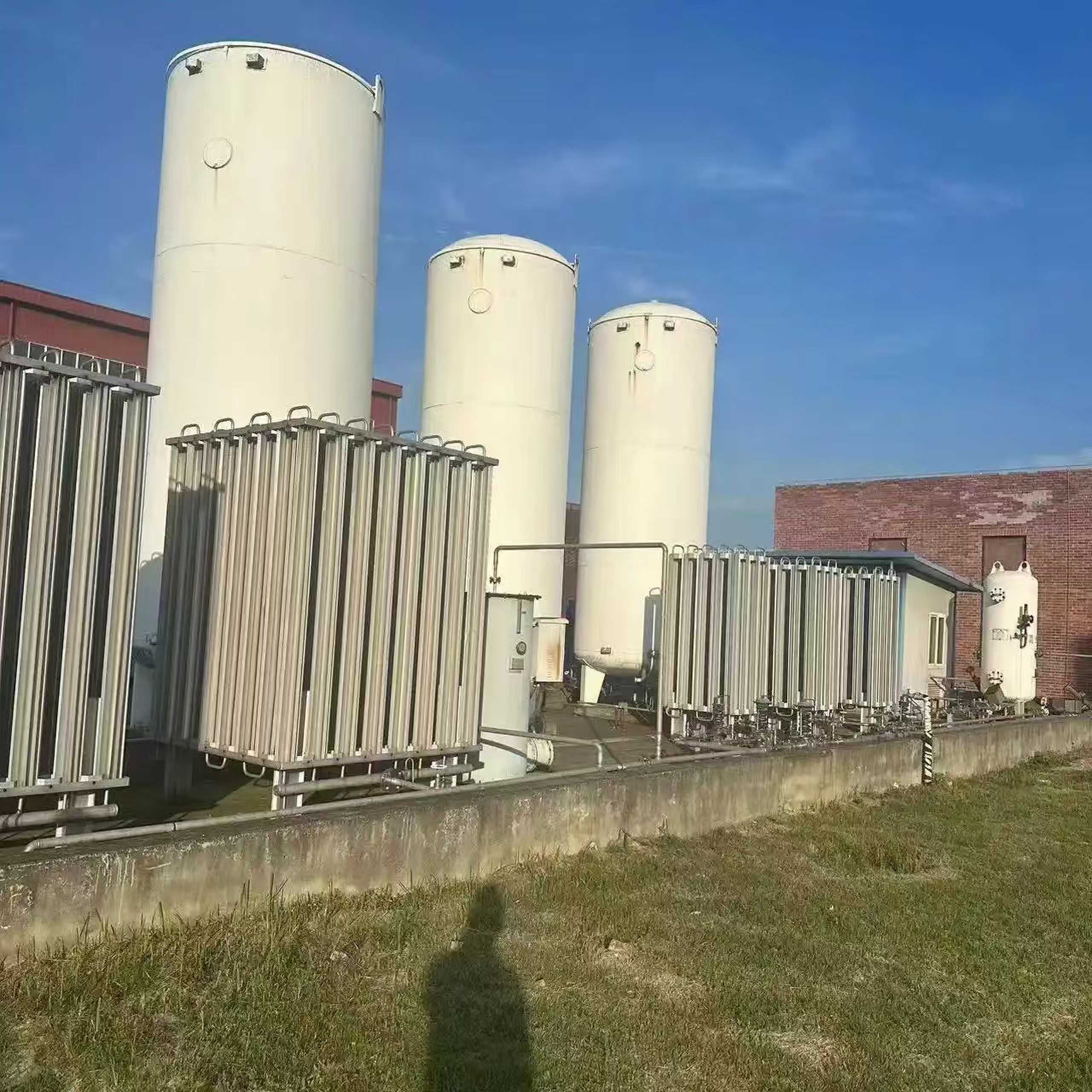Liquid nitrogen storage tank parameters
The capacity of liquid nitrogen storage tanks is usually measured in liters or cubic meters, and the size of the tank is determined according to demand.
The capacity of liquid nitrogen storage tanks is usually measured in liters or cubic meters, and the size of the tank is determined according to demand.
The boiling point of liquid nitrogen is -196℃, so liquid nitrogen storage tanks need to be able to withstand extremely low temperatures. The design temperature is usually lower than the boiling point of liquid nitrogen to ensure that the liquid nitrogen remains in a stable liquid state throughout the use process.
The inside of the liquid nitrogen storage tank needs to withstand a certain pressure, which mainly depends on the evaporation rate of liquid nitrogen and the safe discharge requirements of the storage tank. The design pressure must ensure that the tank can safely discharge gas without danger when the liquid nitrogen partially evaporates.
The main structure of the storage tank should use high-quality steel that is resistant to low temperatures or other materials that meet the requirements. Stainless steel is a common choice because it has good corrosion resistance and strength. Insulating materials such as multi-layer aluminum silicate fiber, perlite or foam plastics are used for filling to reduce heat transfer.
The key to the insulation performance of liquid nitrogen storage tanks lies in their insulation time. The insulation layer is designed to reduce the input of external heat to reduce the evaporation rate of liquid nitrogen and ensure long-term storage of liquid nitrogen.


